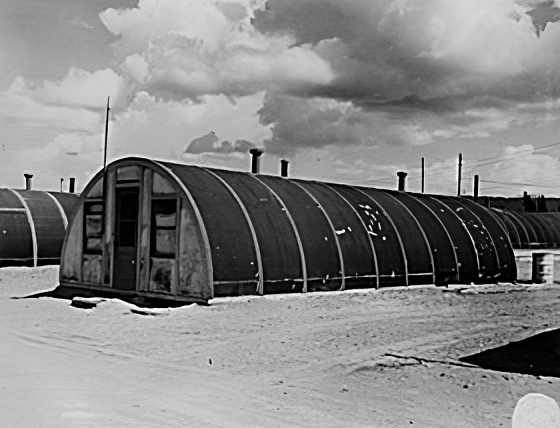Hi!
Steel buildings have become a popular choice for construction in recent years, but their history dates back to the 1800s. Originally used for industrial purposes, steel buildings have evolved to become a versatile option for a variety of structures, including commercial buildings, sports arenas, and even residential homes. In this article, we’ll take a closer look at the history of steel buildings and how they have transformed from industrial structures to residential dwellings.
In summary, steel buildings offer a range of advantages for achieving your dream home design. They are quick to build, durable, customizable, and offer excellent value for money. With their energy efficiency and low maintenance requirements, steel buildings are an ideal choice for homeowners who want a beautiful and sustainable living space.
In conclusion, steel buildings are an excellent choice for achieving your dream home design. They offer versatility, energy efficiency, customization, and low maintenance, making them an ideal option for homeowners who want a beautiful and sustainable living space. Whether you’re looking to build a modern mansion or a cozy cottage, steel buildings can help you turn your dream home into a reality.
The Industrial Era: The Birth of Steel Buildings
In the 1800s, the Industrial Revolution brought about significant changes in the manufacturing industry. The need for larger, more durable structures led to the development of iron-framed buildings, which were quickly replaced by steel-framed buildings due to the latter’s superior strength and durability. Steel buildings quickly became the go-to choice for factories, warehouses, and other industrial buildings.
One of the earliest examples of steel-framed buildings was the Crystal Palace, built in 1851 for the Great Exhibition in London. This massive structure, made entirely of glass and iron, was a technological marvel and helped establish steel as a viable building material.
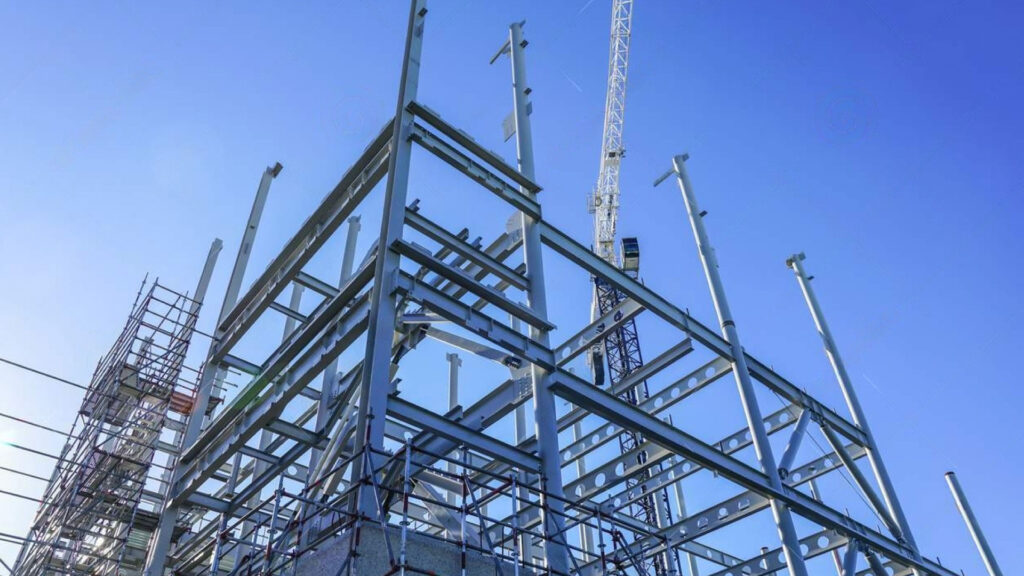
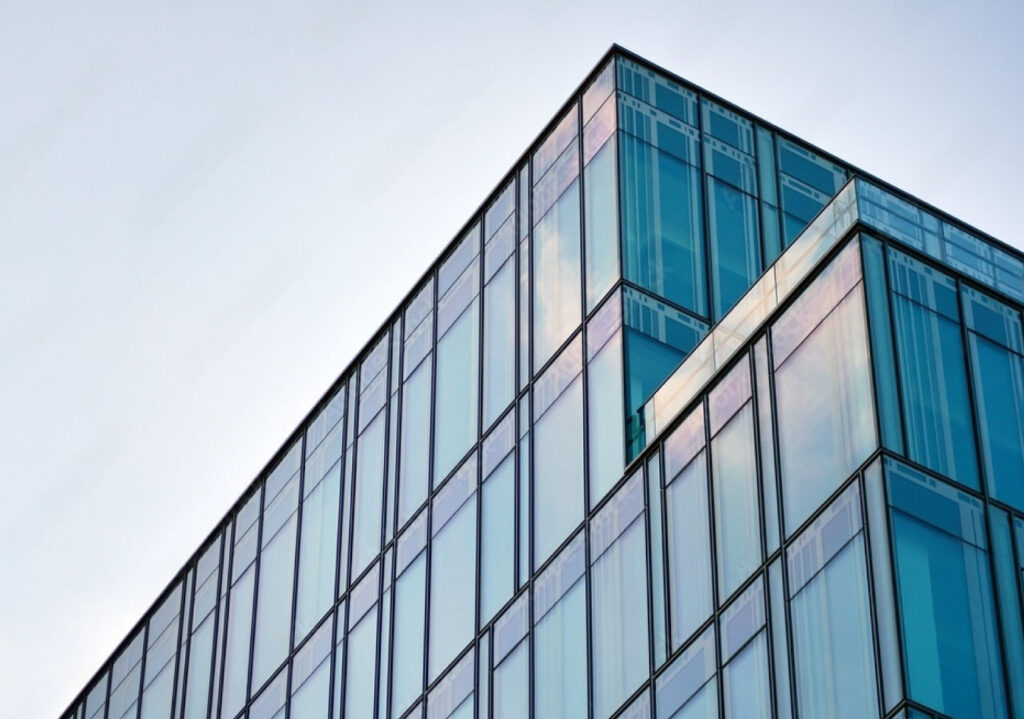
The Rise of Skyscrapers: Steel Takes Center Stage
As the popularity of steel-framed buildings grew, architects began experimenting with the design of taller structures. In 1885, the Home Insurance Building in Chicago became the world’s first skyscraper, thanks to its steel frame and innovative design. This groundbreaking building set the stage for the development of taller and more complex structures, such as the Empire State Building and the Sears Tower.
The use of steel also revolutionized bridge construction, allowing for longer spans and greater weight capacity. The Brooklyn Bridge, completed in 1883, is a prime example of the power and versatility of steel as a building material.
From Industrial to Commercial: The 20th Century
By the turn of the 20th century, steel buildings were no longer limited to industrial and manufacturing facilities. The design of commercial buildings, such as department stores and office buildings, began incorporating steel frames to support larger structures and open floor plans. The Flatiron Building in New York City, completed in 1902, is one of the earliest examples of a steel-framed commercial building.
In the mid-20th century, steel buildings became even more prevalent with the rise of the “big box” store concept. These large, open-plan stores, such as Walmart and Target, required expansive, column-free spaces that only steel could provide.
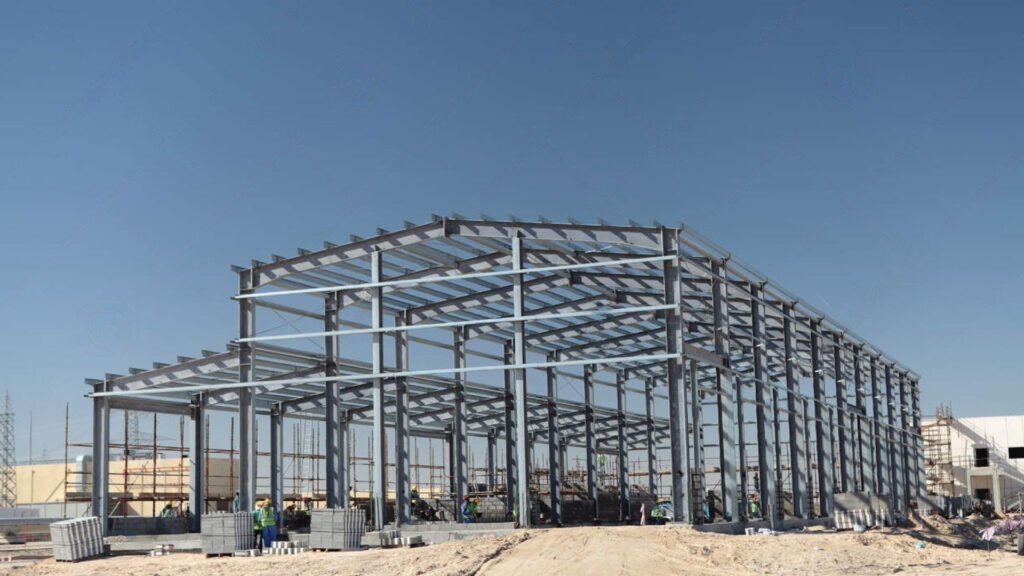
Steel Goes Residential: The Modern Era
While steel buildings had become a common sight in the industrial and commercial sectors, their use in residential construction was still limited. However, this began to change in the latter half of the 20th century, as architects and builders recognized the benefits of steel for residential projects.
One of the earliest examples of a steel-framed residential building was the Lovell House, built in 1929 in Los Angeles. This modernist masterpiece, designed by architect Richard Neutra, was a radical departure from traditional home construction and showcased the potential of steel as a building material for residential structures.
Today, steel buildings are a popular choice for residential construction, thanks to their durability, sustainability, and design flexibility. Steel-framed homes are resistant to fire, pests, and weather damage, and can be customized to fit a variety of design styles and preferences.
In addition to single-family homes, steel buildings are also used for multi-family housing, such as apartment buildings and condos. Their versatility and cost-effectiveness make them an ideal choice for developers looking to maximize their return on investment.
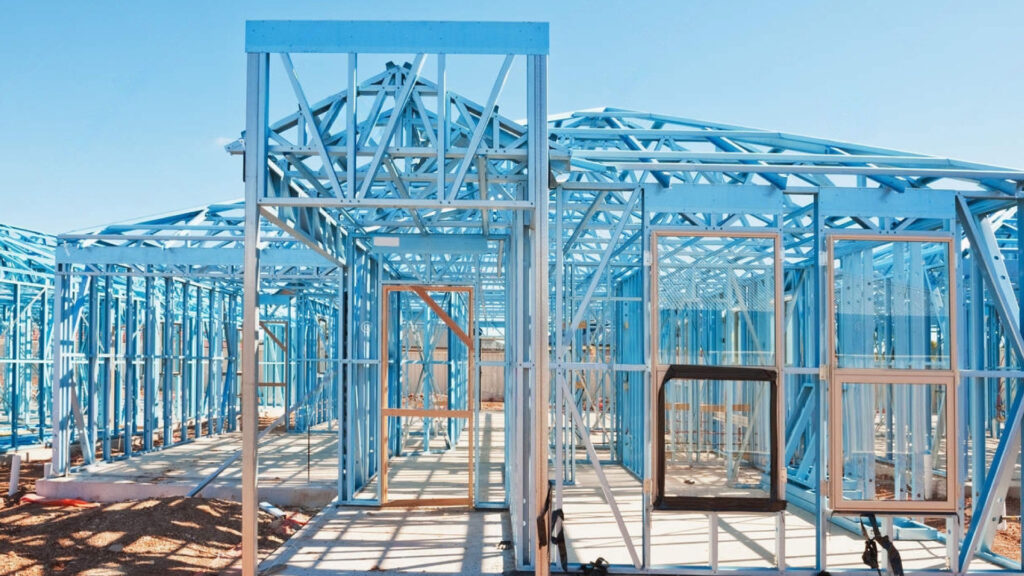
The use of steel in construction continued to grow throughout the 20th century, with advancements in technology and manufacturing making it more affordable and accessible than ever before. In the 1930s, steel-framed buildings became a popular choice for commercial and industrial structures, with iconic buildings like the Empire State Building in New York City demonstrating the versatility and strength of steel.
By the 1950s, steel had become the material of choice for skyscrapers, with buildings like the Sears Tower in Chicago and the World Trade Center in New York City standing as testament to the incredible strength and durability of steel. The use of steel in construction continued to expand, with the material being used in everything from bridges and stadiums to airports and industrial complexes.
As the popularity of steel grew, architects and builders began to experiment with using the material for residential construction. In the 1970s and 1980s, steel-framed houses began to appear, offering a durable and cost-effective alternative to traditional wooden construction. These homes were often pre-fabricated, meaning they could be assembled quickly and easily on site.
Today, steel-framed houses are becoming increasingly popular, with homeowners and builders recognizing the many benefits of using steel in residential construction. Steel is incredibly strong and durable, able to withstand even the harshest weather conditions. It is also resistant to pests like termites, which can cause extensive damage to wooden structures.
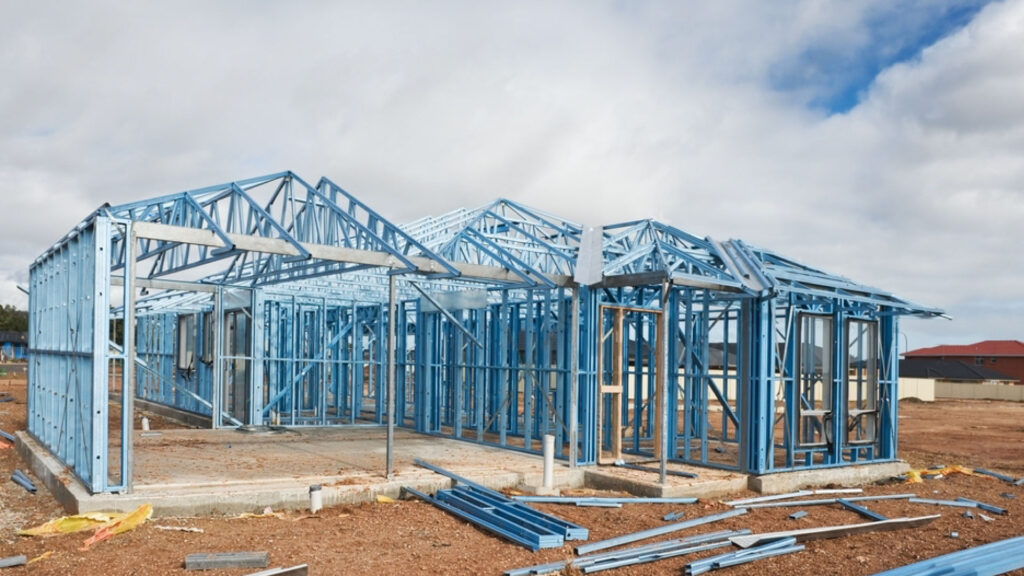
Adictionally
Additionally, steel is an eco-friendly choice for residential construction. It is highly recyclable, meaning it can be used and reused without degrading in quality. Steel-framed houses can also be built to be energy efficient, with features like insulation and reflective roofing helping to reduce heating and cooling costs.
In recent years, advances in technology have made it easier than ever to build custom steel homes, with architects and builders able to create unique and innovative designs that were once thought impossible. Steel homes can be designed to look like traditional houses or take on a more modern, industrial aesthetic.
As the world becomes more aware of the importance of sustainable construction practices, steel is sure to remain a popular choice for builders and homeowners alike. Its strength, durability, and eco-friendliness make it an ideal material for residential construction, while its versatility and adaptability allow architects and builders to create truly unique and innovative designs.
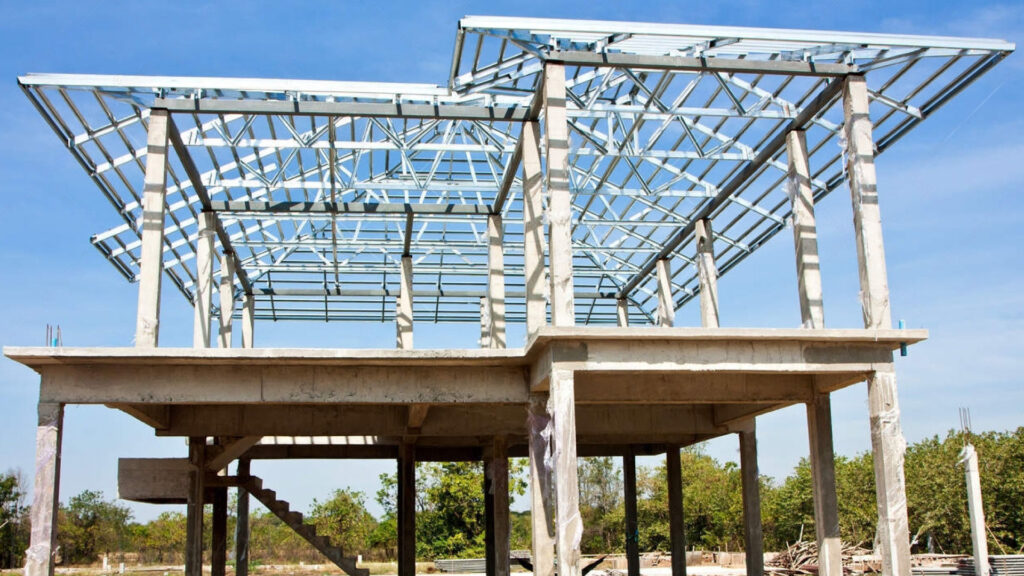
Conclusion:
In conclusion, steel buildings have come a long way since their early days as purely industrial structures. From warehouses and factories to modern homes and office buildings, steel has proven to be a versatile and sustainable building material. The history of steel buildings is a testament to human innovation and progress in architecture and construction. By continuing to push the boundaries of design and engineering, steel buildings will undoubtedly remain a prominent feature of our built environment for many years to come.


